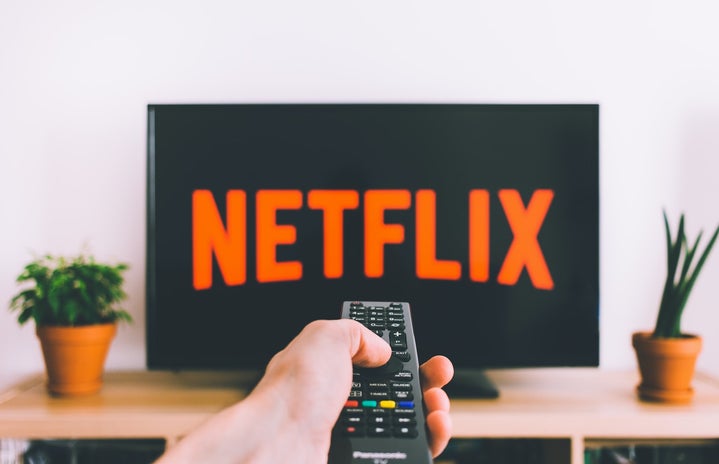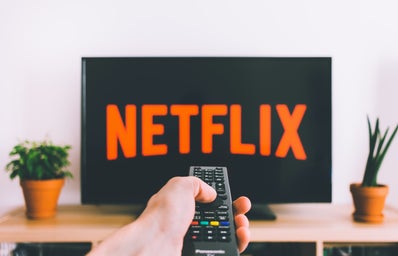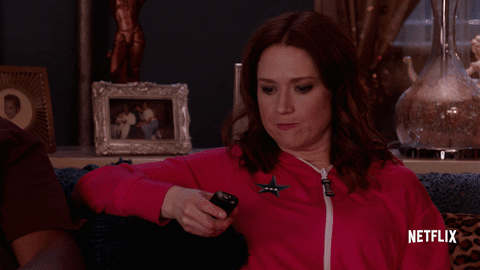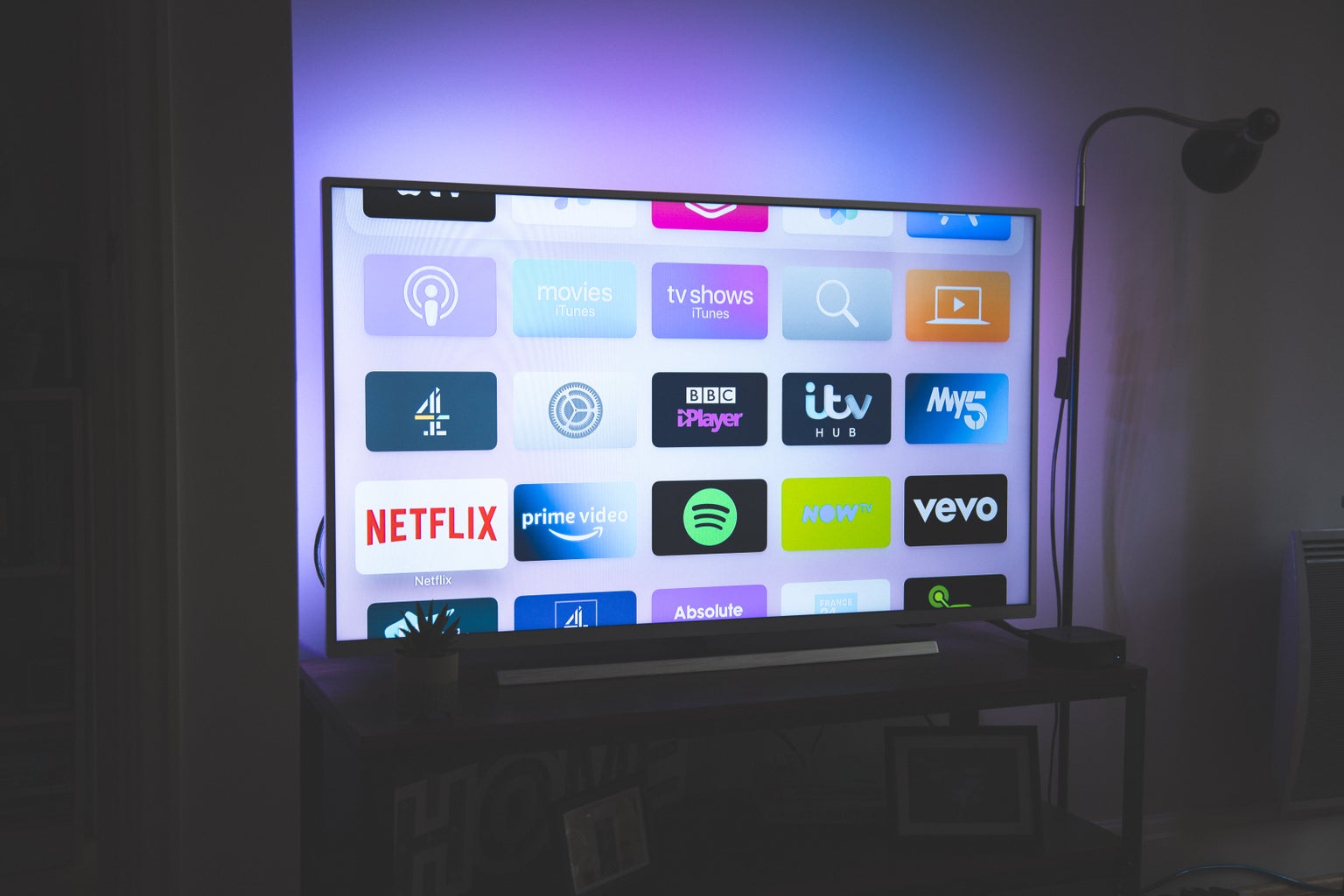On a weekend when I have free time I open up Netflix with plans to chill( pun intended) and unwind but more often than not I am struck with the perpetual indecision over what to watch. In an era when streaming gives us access to more and more movies and TV shows than ever before, it is ironically getting harder to find something to watch.
Traditional cable TV only left to us the choice of which channel to watch, limited by their selection of programs and show timings. Streaming gives us the power to choose exactly what to watch and when, even down to the picture quality, with options for dubbing and subtitles. As the saying goes, with great power comes great responsibility. Too many choices presented before us on a platter can be overwhelming, because although Netflix may have thousands of programs on offer, the viewer only has a limited number of hours to spare per week.
When watching traditional television the onus of watching a bad film or show that doesn’t meet our standards/tastes and the resultant time wasted falls upon the network that decides to air these, while the viewer is but an unknowing victim falling into the trap. With streaming services the customer has full agency and is responsible for all decisions made, whether resulting in good or bad outcomes. I have nobody but myself to blame if I wasted three hours of my life watching a poorly made and falsely advertised Bollywood masala flick. Funnily enough, I might not be so regretful or picky about watching the same film on traditional TV because, well, it was the lack of choices which forced my decision( or so I like to rationalize).
Streaming makes so many choices in programs available, we are now less and less willing to settle to watch something mediocre or not matching our tastes because out of all the fish in the Netflix sea, our perfect rom com chick flick for the night must be out there somewhere, right? While Amazon’s Prime Video has the handy feature of displaying IMDB ratings alongside every offering, the same is not the case with Netflix. You have no indication how brilliant or poorly made a film might be until you watch it for yourself. Your other option is to put in the effort to check the reviews for everything that catches your eye, risking spoilers and investing precious time and energy. By the time you verify your selection, you’ve already wasted half an hour you could’ve spent watching it.
Traditional TV in contrast provides a much more mindless and passive viewing experience, where the user doesn’t have to think too hard to make choices and can fall back on familiar patterns and channels. It’s almost like the radio, where a curated list of endless entertainment is provided to you, though the quality of that entertainment is sometimes debatable at best. There are clearly double standards in what we expect out of new age streaming services as compared to traditional television. Mediocre content is no longer acceptable to us in streaming, because there are a million alternate choices available to us in seconds.
With streaming much more self-control is required, as endless seasons of your new favourite show are available to you all in one go, like a toddler in a candy shop, making binge watching very enticing. With television you have to wait daily or weekly for new episodes to air at fixed timings. While these timings can be inconvenient to work around in your schedule, you are protected from the risk of overshooting your time and ending up pulling all nighters to finish just-one-last episode. There’s also much more time in your mind to build theories and attachment to the characters in the traditional TV format due to the enforced breaks, and you end up spending a longer period of time finishing a series. In contrast, streaming platforms are akin to fast food restaurants supplying you with an instant, almost endless, fix of multiple episodes, even seasons, and new recommendations as soon as you finish watching something. There is no time or reason to anticipate the next episode- it’s already there just waiting for you to watch it, tempting you with its siren call, promising answers to great mysteries and nail-biting cliff-hangers.
Personally as a viewer whenever I take out the time to login to a streaming service I want to have the surety of a good watch, whether something relaxing or meaningful. This probably explains why far too often I end up rewatching the same comfort shows instead of venturing into something new. The risk of wrong choices and wasted time is always looming like a spectre. It gets much harder to choose something when theoretically you have access to every movie and TV show in existence, in addition to exclusive OTT content.
I say theoretically here because streaming services have not quite lived up to what was initially promised. Instead of a single subscription to access all the visual multimedia content in the world, the rights to various popular shows and films are scattered across platforms. You can’t exactly pick any movie off a recommendation list that catches your fancy and expect to find it on your go-to streaming service. Every major movie studio and media giant wants a share in the expanding streaming market. The coming up of Netflix, Prime video, Disney Plus, HBO max and more have led to muddle with content getting segregated behind various paywalls- forcing consumers to get multiple subscriptions if they want to access content legally. Even searching blog listicles for best horror movies on netflix is not always a safe bet- often these films are not available in your region at all, due to varying copyright and distribution agreements. This inconvenience to the viewer encourages piracy, ironically the very thing streaming services hoped to prevent.
Streaming provides us with a lot of choices, but not all these choices are meaningful and relevant to everyone. The assumption of a homogeneous global culture and influx of Western media leads to content that is quite far removed from our lived realities. Films and shows need to be relevant to non-western and non-urban audiences too. Productions ought to be relevant to cultural contexts keeping in mind regional and national identities; aiming for authenticity rather than resorting to stereotyping and token diversity casting. The increasing number of shows made in India with Indian audiences as well as global viewership in mind is a step in the right direction. Although most of these are quite blatantly made for the consumption of the Indian upper middle class, upholding their ideas and values.
Despite the analysis paralysis confronting my watchlist on streaming services gives me every time, streaming is inarguably the way of the future. Hopefully streaming services are able to overcome these issues of catering to various people across ethnic and class lines, and the industry is able to reach a consensus to resolve the issue of mushrooming up of multiple small streaming services leading to fragmentation of content, adversely affecting the viewer and the market. Eventual bundling of all these services together, whether out of agreement or monopoly, has been proposed as a possible solution/outcome.





